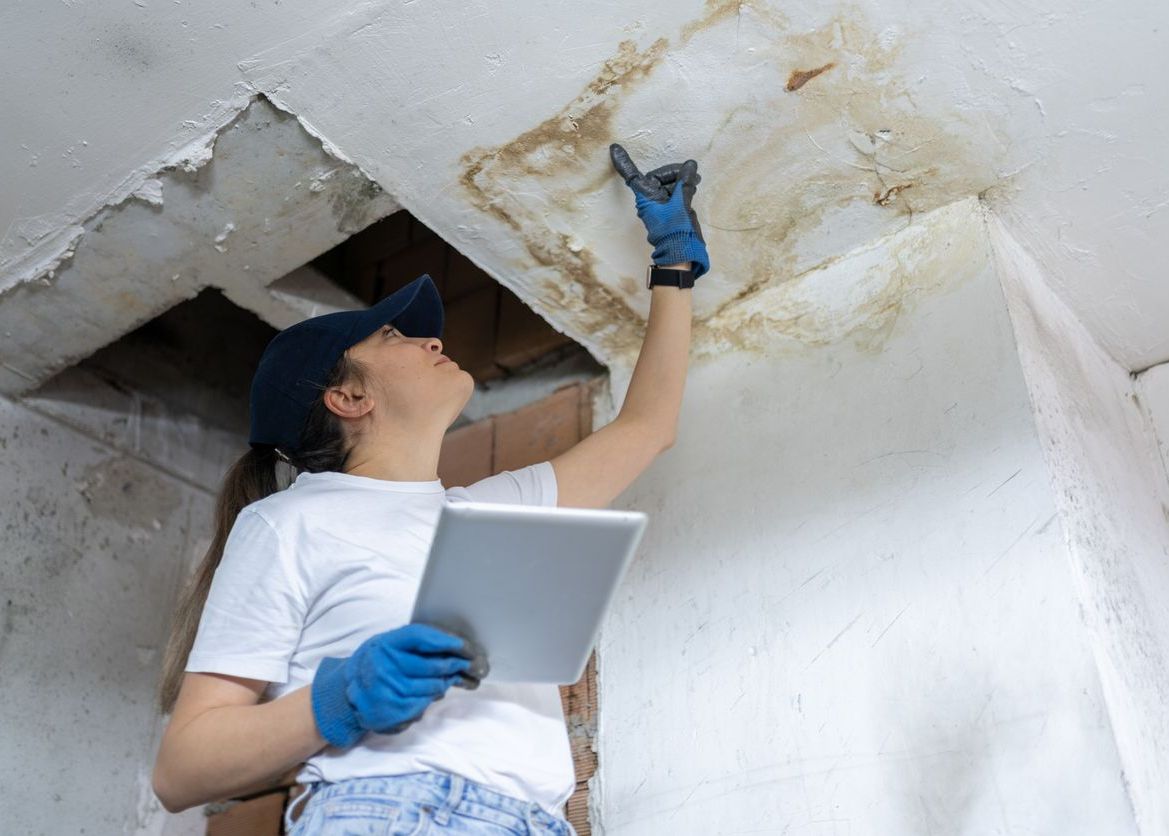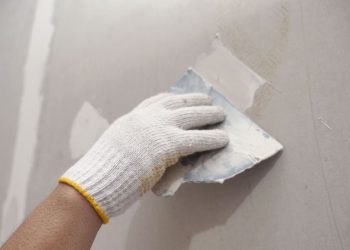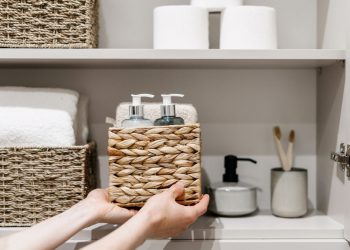Moisture can cause mold to grow on surfaces in a house and in areas that are not visible, such as inside walls. When homeowners discover mold, they often think they should submit a claim to their insurance company.
In some cases, that’s the right course of action. Often, though, homeowners don’t understand insurance coverage for mold and are surprised to have their claims denied. Here are some things you should know so don’t find yourself in that situation.
Misconception #1: Homeowners Insurance Automatically Covers Mold Damage
Many people mistakenly believe that their homeowners insurance will cover mold removal in all circumstances. In fact, homeowners insurance only covers mold damage caused by a covered peril. For example, if a pipe bursts and floods your house’s interior, and then mold begins to grow, your policy will cover the cost of repairs and mold remediation.
Misconception #2: Mold Damage Will Be Covered, Even If the Homeowner Contributed to the Problem
Homeowners insurance doesn’t cover problems that are caused by neglected maintenance. For instance, if you ignore obvious signs of a roof problem, such as missing shingles, and then rain seeps inside and causes mold, your insurance company will deny your claim.
Misconception #3: Insurance Will Cover Mold That Appears Gradually Over Time
Homeowners insurance covers problems that arise suddenly and accidentally. For example, if a storm damages your roof and water gets inside and causes mold, that will be covered.
Your insurer won’t pay a claim for mold damage that occurs over time. For instance, if you ignore a small plumbing leak, and moisture gradually causes mold to grow, your insurance company will deny your claim. Homeowners insurance also won’t pay for mold damage that results from a lack of ventilation in a bathroom or a window that isn’t properly sealed.
Misconception #4: If Your House Floods, Homeowners Insurance Will Cover Mold Damage
Most standard homeowners insurance policies don’t cover flood damage. If you want that type of coverage, you can purchase a flood insurance policy, but it won’t necessarily cover mold removal and remediation. Coverage for mold varies from one insurer to another.
Misconception #5: Insurance Will Cover Mold Caused by a Faulty Sump Pump
If your sump pump fails, your basement can become filled with water and mold. Unfortunately, your homeowners insurance company most likely won’t pay for repairs, unless your policy includes optional sump pump coverage.
Misconception #6: If Mold Damage Is Caused by a Covered Peril, You Should Definitely File a Claim
Whether you should file an insurance claim will depend on the cost of repairs and the size of your deductible. If you have a high deductible, the insurance company might not pay much for repairs, but your premiums can go up anyway. It might be better in the long run to simply pay the full cost of repairs yourself.











